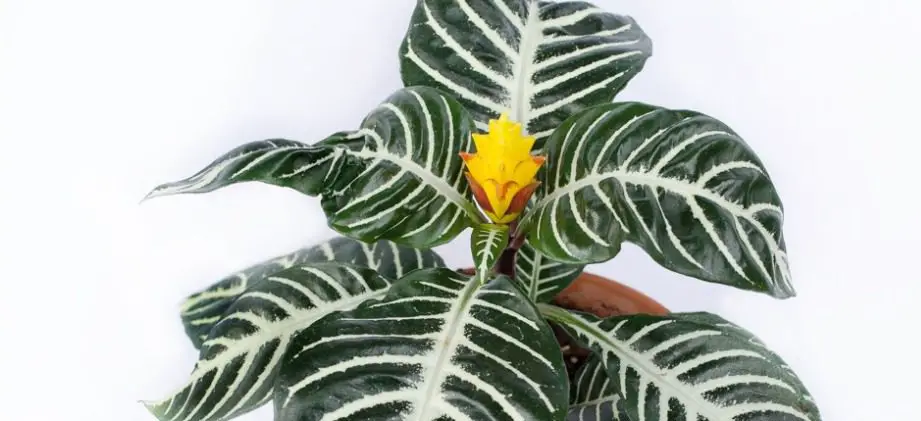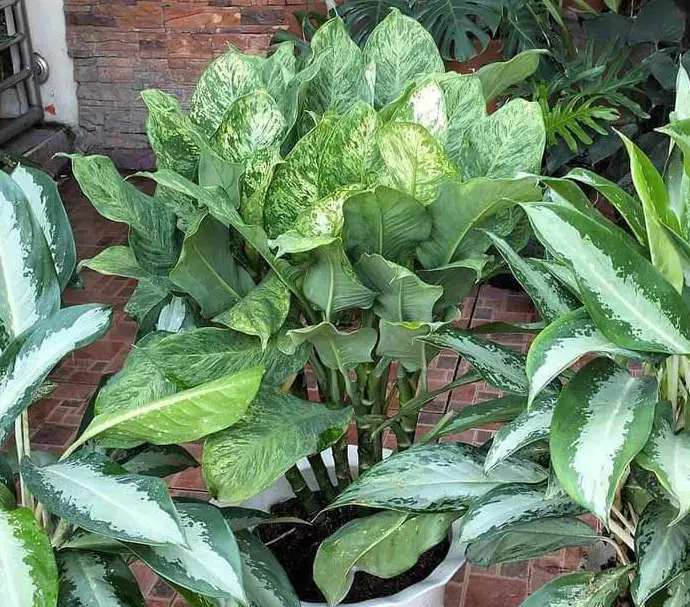Does your string of hearts have a droopy, wilted look to it? If so you are not alone. This is a common problem that many people face with their Ceropegia plants.
The good news is that there are ways to save overwatered string of hearts! Read on for the best tips and tricks for saving overwatered plants.
How To Save Overwatered String of Hearts?
If you find that your string of hearts plant is overwatered, stop watering immediately. You should also re-pot the plant into fresh soil. If the plant has severe root damage, the vine can be propagated to produce new plants.
It is vital that you re-pot your plant correctly to prevent it from dying. Here are the steps to mindfully save your wet Ceropegia:
1) Keep out of the sun
Many people make the mistake of putting their plants in direct sunlight to remove moisture. However, this is a massive mistake, as it will put your Ceropegia plant under even more pressure.
2) Change pot
Move your plant out of the pot. You will likely have to pull quite hard to pry it out.
3) Carefully remove the roots from the soil
Take your plant and the roots from your soil mix by carefully using your hands. Cut off any dead roots with a pair of sterilized scissors. Once you’ve removed the plant from the jar, allow it to dry in a spot outside for at least two hours.
4) Pour soil into the new pot
There is a good chance that there is fungal growth in the soil. As such, plant your Ceropegia into fresh soil with lots of nutrients. I recommend using a soil mix for succulent plants (Amazon link).
5) Give adequate drainage
To avoid overflooding your pot, place it on a plastic tray with a hole to allow for excess water drainage.
6) Place your plant in the new pot
With dry roots, you can easily transplant your Ceropegia to a new pot. Add soil until about ¾ of the way up into the pot, and then carefully place the tubers, and then finally add some more succulent mix on top.
When overwatered, damage may not be seen for a while, but it’s already been done.
So you’re worried that your plant was overwatered? Next, I’ll guide you through the signs of overwatering and how to fix them.
Signs That Ceropegia Plant Is Overwatered
The main signs that your Ceropegia is overwatered are if the leaves are yellow, you notice root rot, edema, or the leaves are falling off.
Yellowing of leaves
Some plants turn yellow when they are overwatered, which is due to iron deficiency. Overwatering causes the nutrients to be flushed from the soil. I like using Miracle Grow (Amazon link) to add nutrients to the soil.
Root rot
High water content in the soil prevents roots from being able to breathe. Poor aeration results in a lack of oxygen, which leads to root rot. The excess water in the soil also promotes fungus and bacteria growth. When the root gets too wet and rots, the Ceropegia will start to wilt.
When overwatered, the soil starts to decompose and produce a sour odor. This is because there has been an increase in bacteria activity as a result of water sitting on top of it for too long.
Wilting of leaves
As we just mentioned, the leaves of your plant will wilt if it receives too much water. This seems bad, but at least your Ceropegia is telling you that it has been overwatered. It allows you to take immediate action.
Edema
When your plant has edema, the chances are that overwatering is to blame. Edema involves small water spots near the leaf bottom. These spots can burst if given more and more water, which then leads to a black leaf spot.
How to Propagate An Overwatered Ceropegia?
If you’ve already tried reviving your plant to no avail, start again by propagating it.
To save an overwatered Ceropegia, you should use a method called propagating, which allows for the production of new plants. This propagating can be done via soil or water, which we will now dive into.
Soil Propagation
We will propagate it using soil and vines.
- To save an overwatered Ceropegia, first get your soil ready in a plant pot. This should also air to flow easily and not be too wet.
- Cut off some of the vines (with the node attached) from your Ceropegia
- Place these vines into the soil. A stick can be used to prevent your plant from falling down.
- Plant each leaf about an inch or two above the surface of your soil to avoid damage from fungus and diseases.
- To save a Ceropegia from being overwatered, make sure to water the soil lightly.
- It takes about one month for the plant to start growing again.
- It’s now time to put them into your soil mix for succulents.
- Keep watering the string of hearts to see it thrive.
Water Propagation
This method can be accomplished with the use of vines. It might seem strange to give a Ceropegia that has been watered constantly more water, but this is what works.
- Cut off a few of the vines (the healthy ones).
- Make a hole in the center of a plastic cover, and put it over top of clear glass. Add water to the glass.
- After you cut the vines and remove any leaves, drop them into the holes of the plastic cover.
- Ensure that your Ceropegia plant receives indirect light, as this will aid its recovery.
- Wait one month before transplanting.
- Once the roots have been exposed, it’s then time fill a pot with soil mix.
- Plant the new vines into the pot.
- Water your Ceropegia to make it grow.
Ceropegia Watering Mistakes
Overwatering
One of the most common mistakes that people like to do when owning potted plants is overwatering their plants. As you have read above, overwatering your plant result in root rot. Some gardeners believe in applying water from below, which gives the roots just enough water.
Underwatering
Those who are hesitant to overwater their plants end not applying enough water. Light watering from above can result in no water reaching the roots at the bottom of the soil.
Inconsistent watering
Plant care requires consistency and attention. To promote your plant’s growth, try establishing a watering schedule and sticking to it.
Many people make the mistake of watering their plant every five days for a short while, and then they get lazy, which results in giving it some water sporadically every two weeks or two days.
No drainage
This occurs if you overwater plants and don’t provide good drainage. When you want to prevent root rot, it’s vital to give enough drainage for the water to drain out.
Not watering the roots
Many people fall into the habit of caring for their plant’s leaves and forget to care for its roots. Only watering the leaves will result in the roots not getting the water it needs to survive.
Using the wrong water
The type of water that you use is very important when we are talking about watering the string of hearts. Using the wrong water may contain chemicals that damage the health of your plant. I like using rainwater or water from my tap that has been passed through a filter.
Conclusion
So, that’s how you save a Ceropegia that has been overwatered. Most of you will be able to simply re-pot your plant into fresh soil.
However, some of you will have a plant that can’t be saved. The only solution when it’s too late to save your plant is to propagate a new one.
There are many different techniques for propagation, but I suggest taking a cutting from the healthy part of your plant and sticking it in some soil.
It’s not always easy to keep plants alive at first. But don’t worry! With a little care and attention, you will be able to grow an amazing Ceropegia that will amaze all those around you.
Tim is an avid gardener from the UK. He was the founder of PlantCarer.com from 2021 to Sep 2023. He sold PlantCarer.com to Aaron. He has since started his own business called Seed To Supper, which provides new gardeners all the materials you need in a box (pots, seeds, compost and instructions) to grow your own delicious and nutritious vegetables and herbs from start to finish – no garden required.







0 Comments